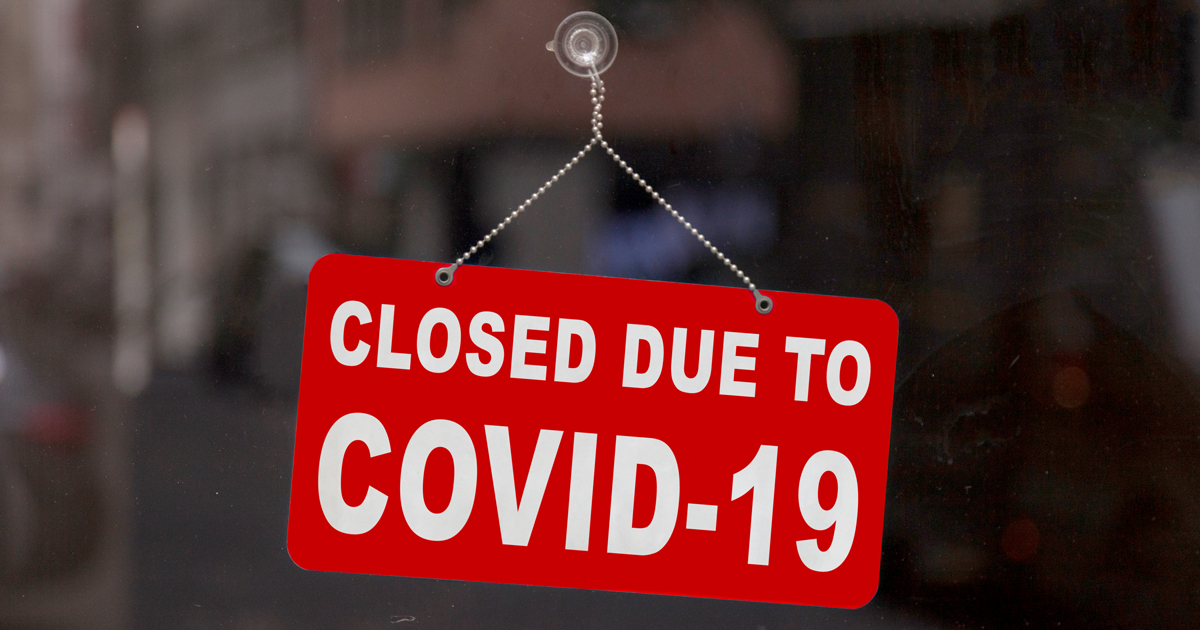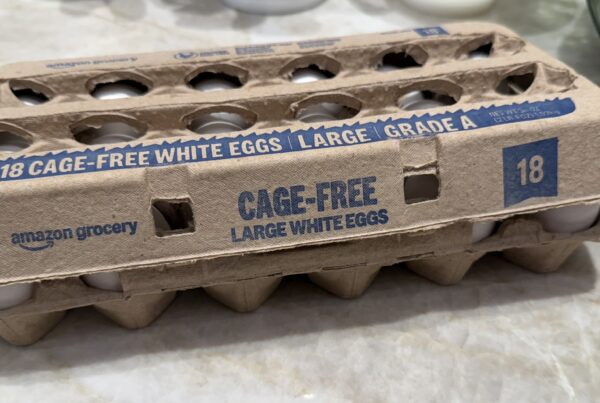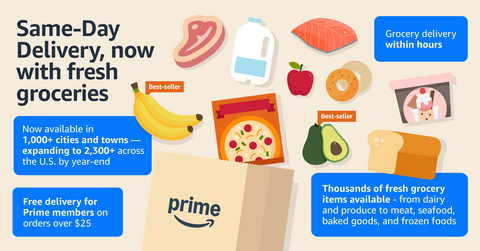Is the United States over-retailed? We all know the answer, and it’s easy to point to operators with too many above-market leases and oversized, under-performing stores. But how many retail executives would readily admit that it’s their portfolios that are suffering from oversupply or outdated formats?
The CEO of a mall-based retailer recently reached out to ask my thoughts on how to reposition their portfolio. They described their customer and fleet, all currently closed due to COVID, and their rosy projections of reopening sales. They weren’t in distress, so when I asked what the impact would be of permanently closing their bottom-performing stores (spreading their finite capital over fewer, better stores), they had no data on hand—the analysis hadn’t even been done.
Pre-COVID, the strategic imperative for retailers—even those with strong balance sheets—should have been to thoughtfully downsize the fleet and integrate all remaining assets, both digital and physical. Chains touted new hires with titles like “Senior VP of Ecommerce Acceleration,” but it’s never paired with a “Senior VP of Brick & Mortar Deceleration”—someone whose focus is to thoughtfully reposition the existing physical fleet to complement online growth. Unfortunately, in many investment committees, downsizing the fleet, shuttering a brand or exiting a market is seen as admitting defeat.
Retailers have certainly done some downsizing. They’ve renegotiated leases more frequently and executed two-for-one store consolidations to nip and tuck certain market segments. But now we’re in a different world. To simultaneously optimize your real estate and pull off a rapid online transformation requires a different mindset: You have to be more pragmatic and purposeful about the future of retail.
We repeatedly underscore the need to evaluate the totality of the company’s distribution architecture and digital and physical channels. In this context, viewing store closures as synonymous with “bad news” is shortsighted, a holdover from Wall Street’s irrational tendency to reward store-count growth.
Especially in the wake of COVID-19, we’re advising retail leadership to consider:
- If we started from scratch today, knowing what our sales and customers look like as well as where we want to go, how would we build our digital and physical network?
- How many stores, and with what layout and functions, are needed to balance and optimize our physical and online offerings?
- How should we balance the flexibility and capital allocation of owning vs. leasing our fleet and what are the long-term implications to the enterprise?
Right now, landlords and retailers across the country are working together on restructuring and amending leases. That means yesterday was the time for retailers to start laying the groundwork for the re-envisioned future and adapting to changes swirling all around us. It’s easy to make the decision to extend a lease at a lower rent. The harder decision, and sometimes the necessary one, is to permanently close that store.
April 2019 saw e-grocery spend at 3%; forecast numbers for April 2020 were 5% with actual sales more than double at 11% online grocery share. Before we know it, we’ll be at 25%, and that’s just if consumers place one out of four of their grocery orders online; the number could go higher.
Now we see a wide array of retailers, from national names like Ulta Beauty to local shops, embracing curbside pickup, a trend that will likely continue. When we ultimately have a solution for COVID-19, capacity limitations will fade away. Our desire for convenience and immediacy will not.
When it comes to meeting those consumer desires, we know what happens to those who hesitate: In May alone, we saw bankruptcy filings by Tuesday Morning, J. Crew, Neiman Marcus, Stage Stores and J.C. Penney.
How will we adapt our fleets to accommodate these changes? It certainly won’t be by viewing store closures as a failure. Trimming stores in some submarkets could help you achieve higher productivity in others. However, it must be done within the context of digital sales—the “halo effect”—and complemented by upgrades to logistics and supply chain networks.
Tough decisions, when tackled proactively, put you in a better long-term position and provide much-needed reinvestment capital. The key question: How can diverse parts of the business—from the supply chain and logistics, to customer acquisition, digital sales, the in-store (or curbside) experience, and last-mile delivery—all work together to improve the whole? Start by having the courage and foresight to question old assumptions.








